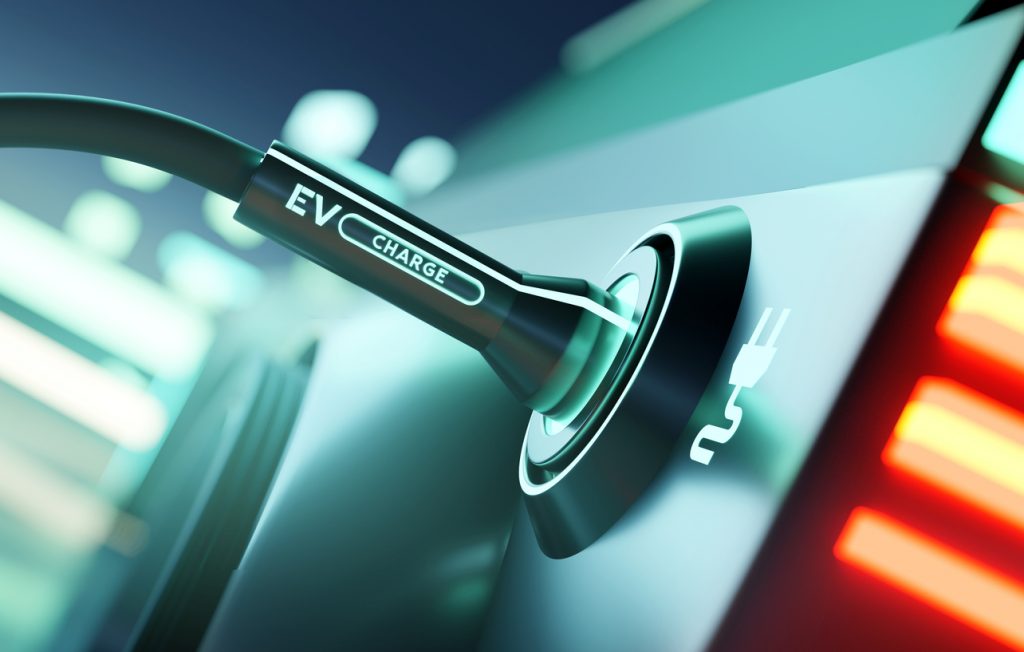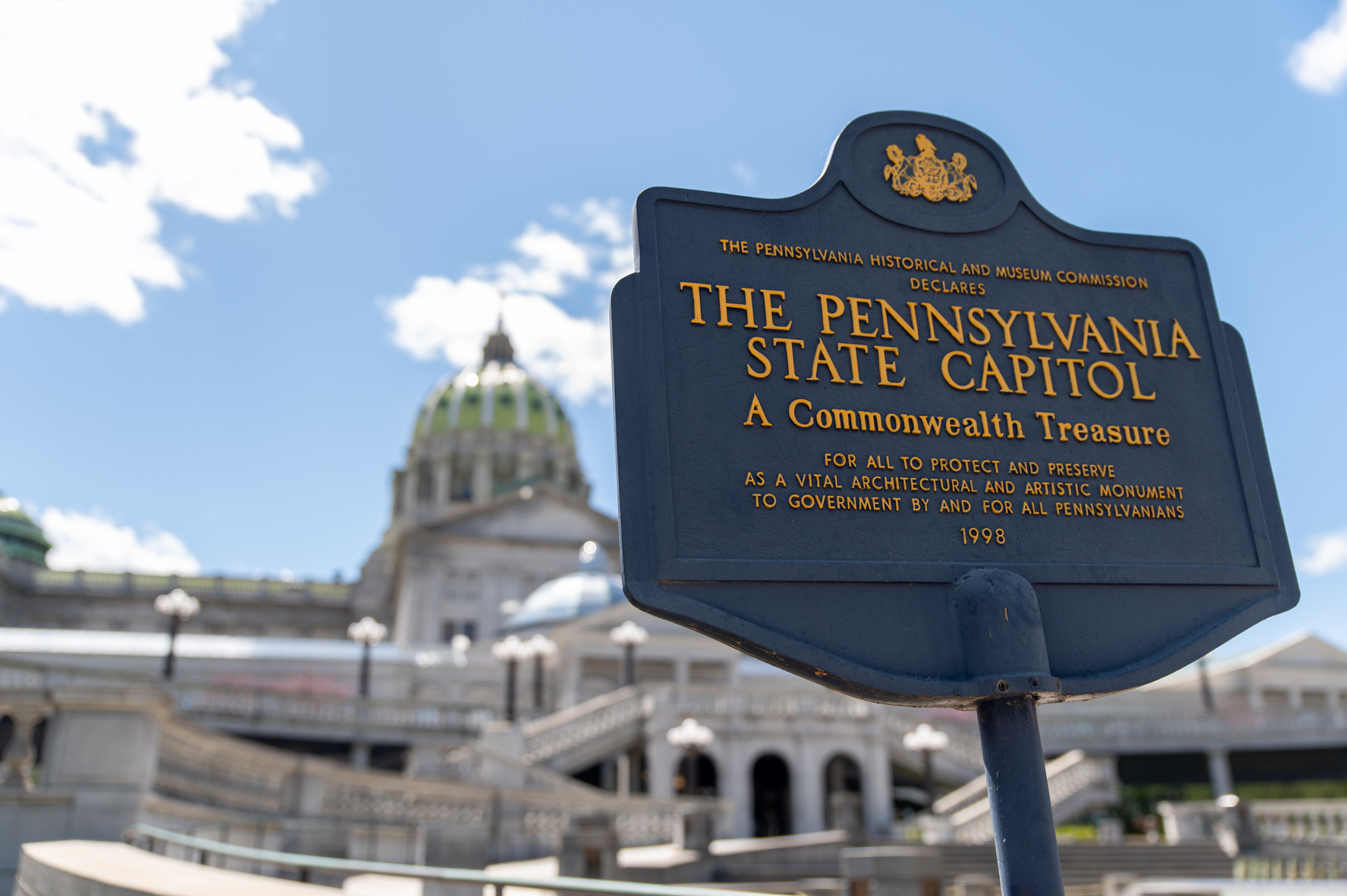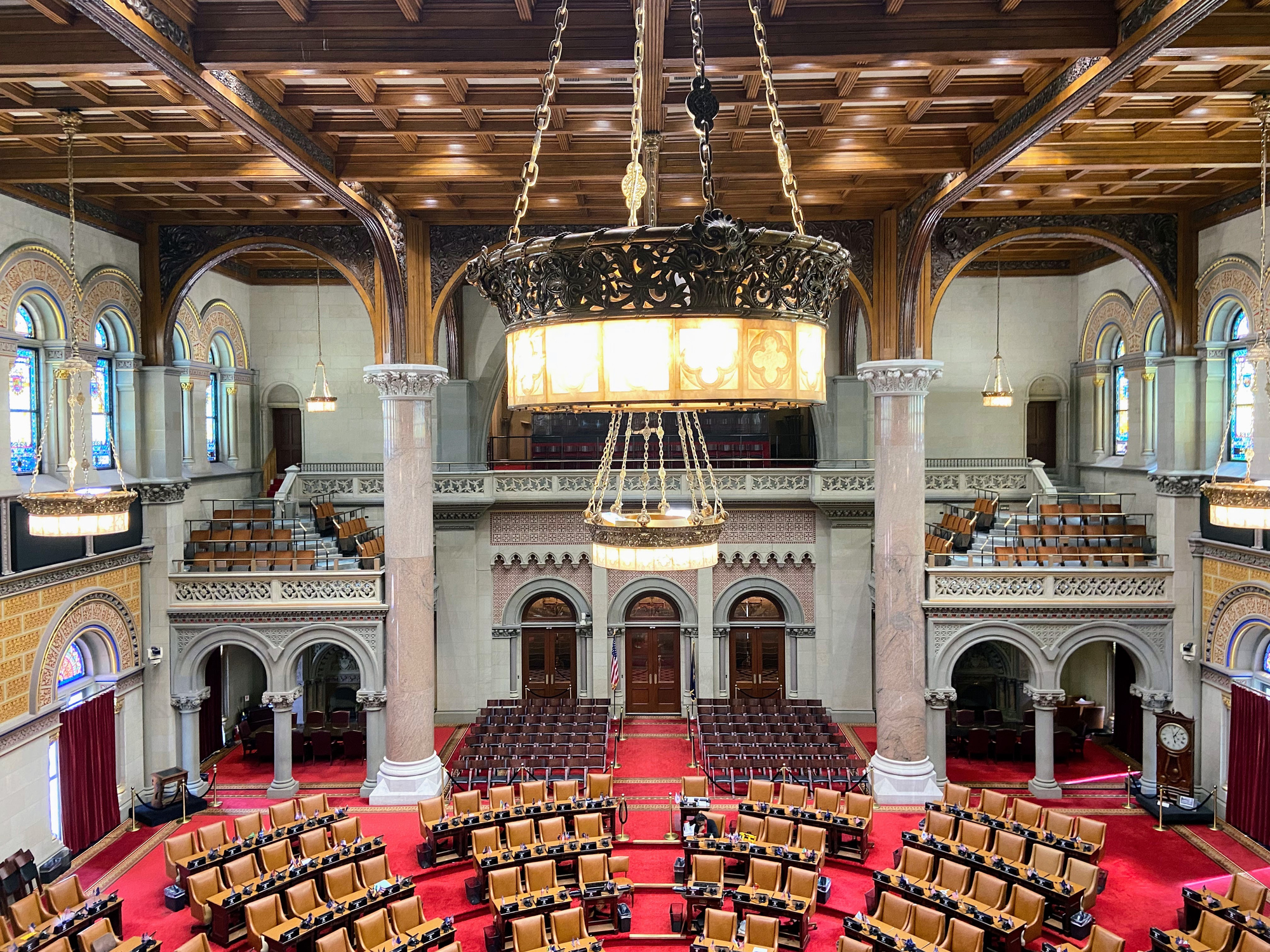
On August 25, 2022, California Governor Gavin Newsom announced a sweeping new transportation plan that requires the sales of all new passenger vehicles to be zero-emission by 2035. Citing the need to combat climate change, Governor Newsom said, “We can solve this climate crisis if we focus on the big, bold steps necessary to cut pollution. California will continue to lead the revolution towards our zero-emission transportation future.”
This comes at a time when the sales of electric vehicles (EVs) are at an all-time high. In 2021, U.S. consumers purchased a record 6.6 million EVs, doubling the number from 2020. This increasing consumption of EVs is pronounced in California. Before 2010, there were just 112 electric vehicles registered in California. As of September 2022, there were over 1.2 million electric cars registered in the state.
Beginning in 2026, the Advanced Clean Cars Act II will require auto manufacturers to accelerate the production of EVs until only zero-emission vehicles are for sale in the state. This rule does not apply to used cars and will not impact the millions of gas-powered vehicles already on the roads. The rule does, however, phase out the future sales of these vehicles. By 2026, 35% of new car sales must be battery or hydrogen-powered, and 68% by 2030. While consumers could buy gas-powered cars from other states, neighboring states may authorize similar regulations.
As the most populated state, California is home to the state with the most cars and several cities with the most polluted air in the country, including Los Angeles, Bakersfield, and Visalia. The transportation industry alone is responsible for over half of California’s climate emissions, 80% of its smog-causing pollution, and 95% of its toxic diesel pollution.
A report from the American Lung Association has found many benefits from transitioning to 100% sales of passenger vehicles by 2035. The report found that this transition would avoid 110,000 premature deaths, 3 million asthma attacks, and over 13 million lost workdays. Additionally, this would avoid an estimated $1.7 million in damage costs due to climate damage.
A concern about the policy is the lack of resources for poorer and lower-income communities. In California, charging stations, zero-emission car sales, and the highest incomes tend to be clustered together. More prosperous cities and counties have significantly more zero-emission vehicle sales and easier access to charging stations. From 2018 to 2021, those with an income of $96,000 or more purchased almost 400,000 zero-emission vehicles. Those earning less than $51,000 per year only purchased 29,000 zero-emission vehicles. The cost of an electric vehicle is substantial, averaging $10,000 more expensive than an equivalent gas-powered car.
Another issue that this regulation faces is recycling electric vehicle batteries. Most electric vehicles use lithium-ion batteries, most of which are not recycled. One report found that just 5% are recycled. Lithium batteries contain valuable minerals and metals that can be reused and recycled, but recycling these batteries requires substantial amounts of water and often emits air pollution. The water required to produce electric car batteries is about 50% more than what is needed to produce gas-powered car engines. New technology to improve recycling and the manufacturing of batteries is in development, including one at Princeton University. Researchers there are developing an inexpensive, sustainable way to create new batteries by restoring used cathode materials into new cathodes.
Following the new zero-emission rule, two cities in Sonoma County are proposing a ban on the construction of gas stations. Advocates argue that there is no new demand for gas stations, and there is little utility in building more when the state is quickly moving toward EVs. Nevertheless, opponents say that it is possible that costs can increase if there are not enough stations to meet the needs of consumers.
In the coming months, other states may follow California’s approach to tackling climate change. As of September 2022, California is the only state to adopt such a measure. However, others may do the same. Seventeen states, including New York, Pennsylvania, and Washington, followed California’s Vehicle Standards regulations of the Federal Clean Air Act, which set forth regulations to reduce greenhouse gas emissions. Those states, and others, may consider similar gas-powered car bans.
Latest News
Photo credit: iStock.com/Niiaz Sabirov In 2025, several U.S. states have introduced legislation to prohibit geoengineering, defined as intentional large-scale interventions in Earth’s atmosphere or climate systems, such as cloud seeding or solar radiation modification. These [...]
Photo credit: iStock.com/Hamburg Studios As Pennsylvania continues to navigate an evolving energy landscape, state leaders are proposing new approaches to ensure reliability, affordability, and sustainability. Governor Josh Shapiro recently announced his “Lightning Plan”, a six-part [...]
Photo credit: iStock.com/Ray Tan As the impacts of climate change intensify, several U.S. states are taking legislative steps to address the mounting costs of adaptation and resilience. New York, New Jersey, and Vermont have recently [...]
In this episode of The Back in Session Podcast, hosts Ryan Stevens and Ryan DeMara are joined by Brendan Williams from PBF Energy. They delve into the state of energy policy, the refining sector, and [...]






Stay In Touch